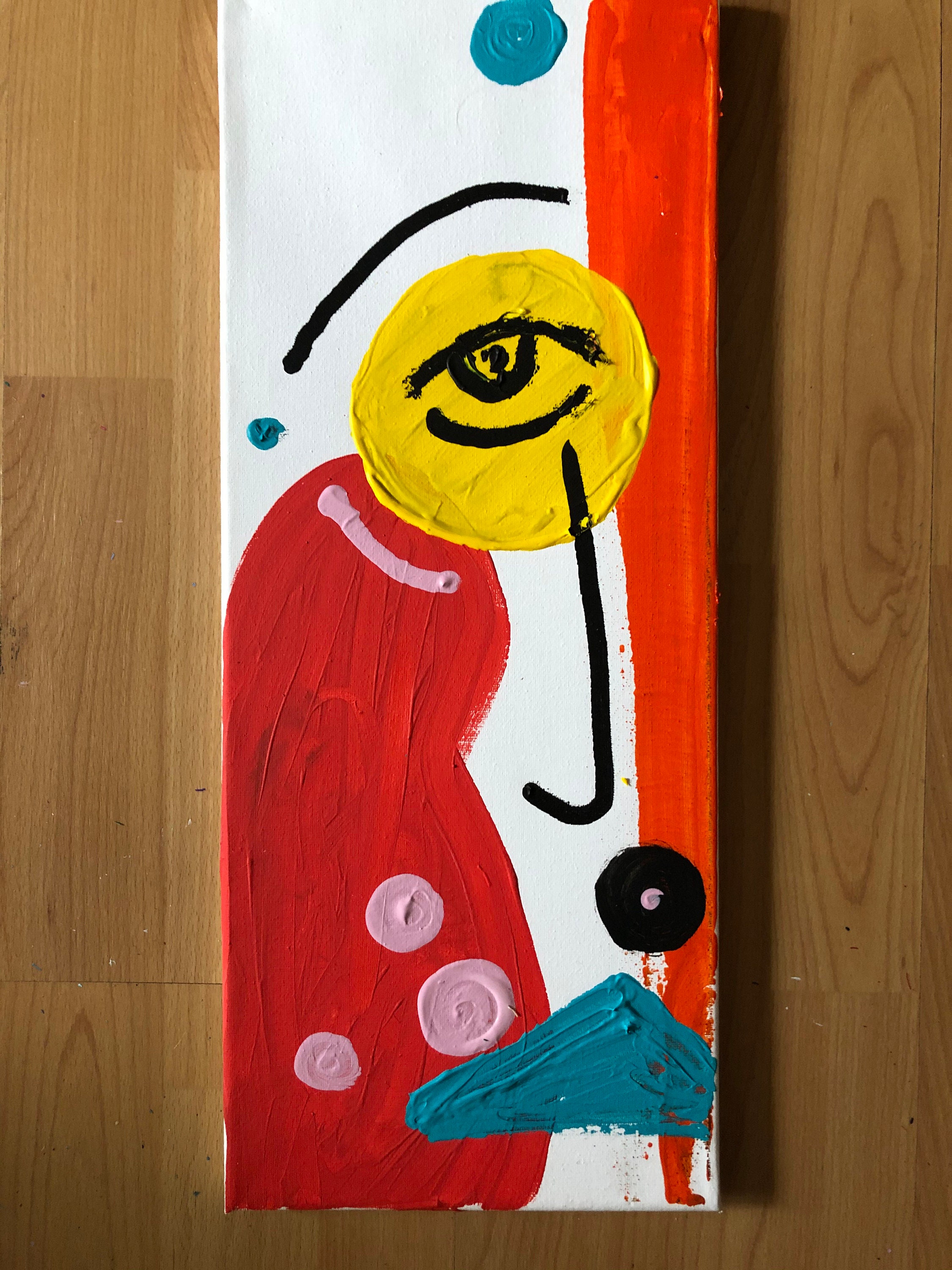

They wanted to achieve an even higher degree of reality by melding art with elements of the concrete world. See also: Juan Gris: The New Cubist on the Block Robert Delaunay, ‘Tour Eiffel’, 1926, oil on canvas, 196 cm x 114 cm.

They had already moved on to their next experiment – synthesis. Ironically, Cubism’s inventors, Picasso and Braque, did not participate. Among others, it included the work of Albert Gleizes, Jean Metzinger, Marie Laurencin, Robert Delaunayand Sonia Delaunay. By 1911, there were enough Cubist painters that the style had its first major exhibition, at the Salon des Indépendants in Paris. The phrase caught on, and many other painters embraced its spirit.
CUBISM STYLE FULL
The word Cubism was coined when the art critic Louis Vauxcelles mocked what Picasso and Braque were doing, stating that their paintings were full of ‘little cubes’. See also: Fernand Léger: Art in Full Swing Georges Braque, ‘Le Guéridon’, 1911, oil on canvas, 41 cm x 32.9 cm. The elements are not ‘mixed’ ahead of time into a cohesive image, rather they are placed beside each other on the canvas and allowed to mix ‘in the mind’. Every pictorial element is given the same importance. In paintings like Braque’s Violin and Candlestick (1910) and Picasso’s Ma Jolie (1911), the subjects are painted from different points of view with varying lighting. Picasso and Braque adopted such discoveries, reducing colors, shapes and spaces to their purest essences. Georges Braque, ‘Guitare et journal: STAL’ (recto) ‘Femme à la mandoline’ (verso), 1913, gouache, charcoal, coloured wax crayons and pencil on board (recto) charcoal and pencil on board (verso), 29 cm x 42.8 cm. In many of Cézanne’s later works, every element seems as important as every other element, and many even have the character of simplified geometric shapes. Around that same time, Paul Cézanne was abandoning depth, flattening his paintings and thus removing the idea of background and foreground.

Georges Seurat and Paul Signac invented Pointillism in 1886, which demonstrated that rather than mixing colors ahead of time, painters could achieve heightened luminosity by placing pure color dots side by side on the canvas, and letting them mix ‘in the eye’. See also: Impressionism: Between Shadow and Light

Picasso and Braque were both inspired by the Post-Impressionists, who were the first to break down the elements of art to assess their individual aesthetic functions. But really, neither deserves all of the credit. He collaborated closely with Georges Braque, who also made many important Cubist breakthroughs. Though Picasso is rightfully credited with inventing Cubism, he did not work in a vacuum. See also: Claude Monet: The Father of Impressionism Paul Cézanne, ‘Quarry Bibémus’, 1898-1900, Museum Folkwang, Essen, Germany. Art historian Douglas Cooper stated that the Demoiselles is the logical picture to take as the starting point for Cubism for three very clear reasons: because it marks the birth of a new pictorial idiom, because in it Picasso violently overturned established conventions, and because everything that followed grew out of it. Featuring an image of five nude female figures, this painting is far less ‘Cubist’ than Picasso’s later Cubist works, but it nevertheless demonstrates the four essential elements that eventually defined the style: flattening of the picture plane, reduction of the subject to geometric shapes, a limited colour palette, and, most importantly, a subject portrayed from multiple simultaneous perspectives, in shifting lighting, to approximate the passage of time. In 1907, Pablo Picasso became the first artist to attempt a truly realistic, four-dimensional artwork with his painting Les Demoiselles d'Avignon.


 0 kommentar(er)
0 kommentar(er)
